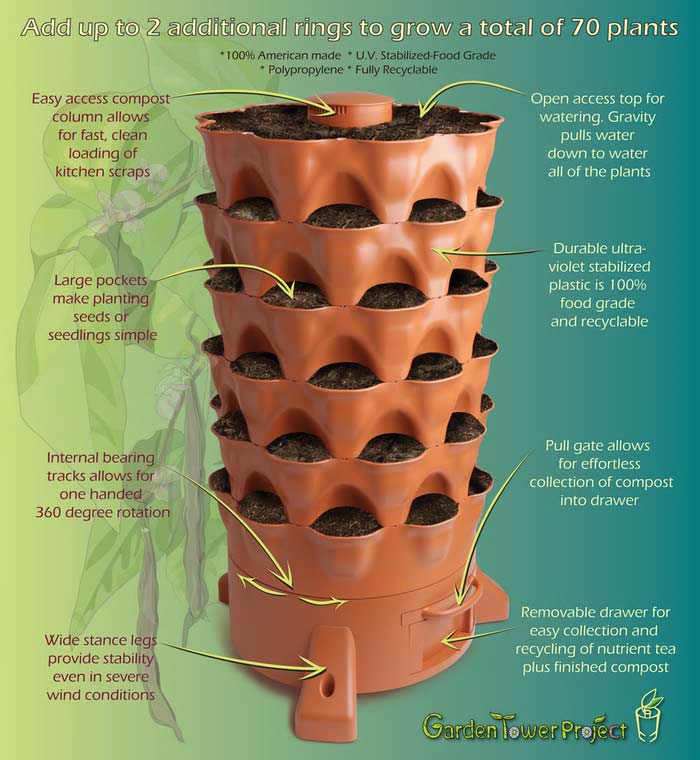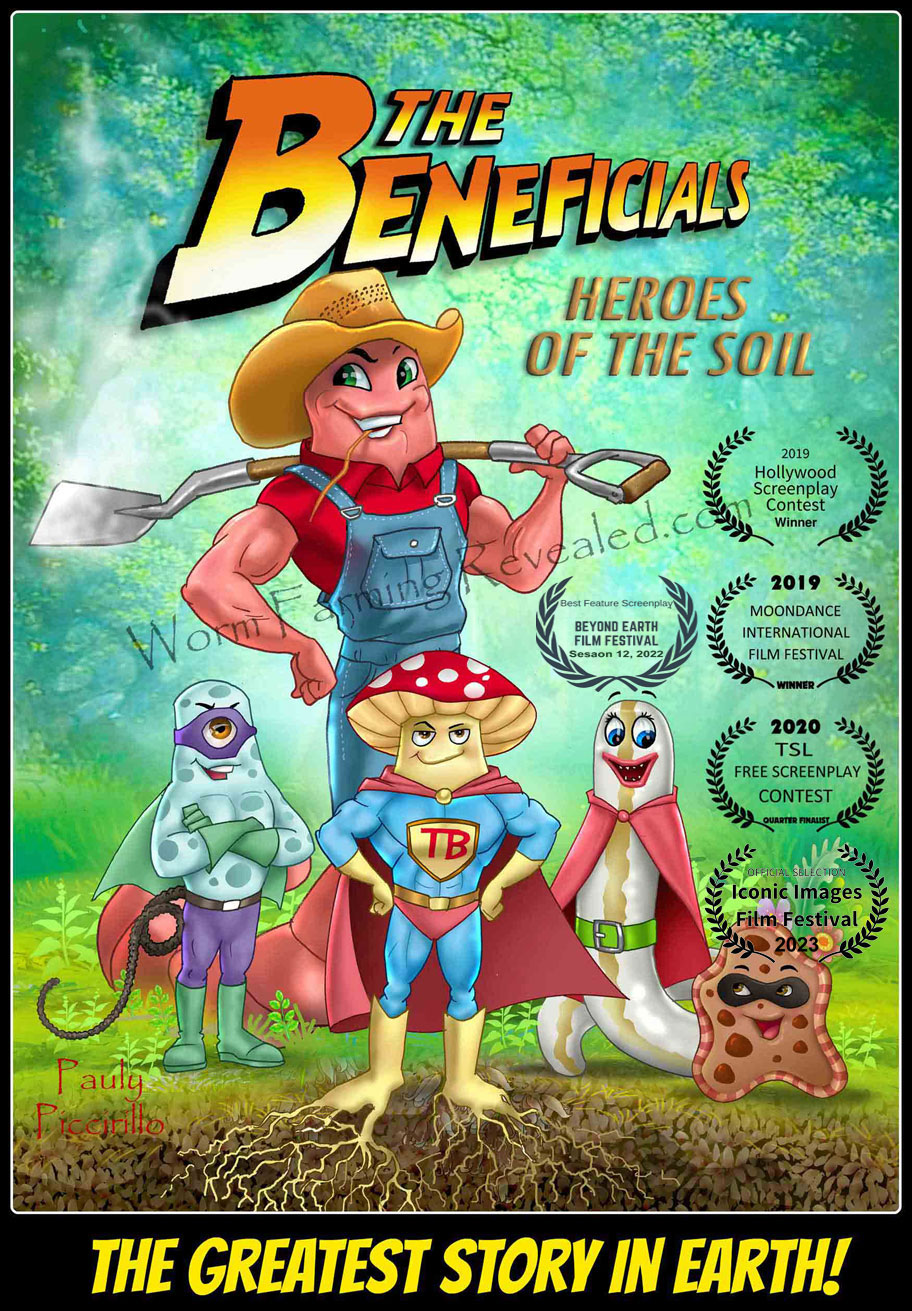The Longest Word In The Dictionary &
DE Safe Practices
What does the longest word in the dictionary have to do with Diatomaceous Earth? I'm so glad you asked but first let's talk about this "little" unknown word:
Pneumonoultramicroscopicsilicovolcanoconiosis
What is Pneumonoultramicroscopicsilicovolcanoconiosis?
It's a disease of the lungs caused by the inhalation of silica dust. This word is made up of 45 letters making it the longest word in the English language. Some say that it's the largest word in the dictionary.
I say that it's the most dangerous word in the dictionary due to it's breath-taking 45 letters that make you pass out before getting to the end of the pronunciation. Therefore, it is dangerous and it should be outlawed.
Instead, it should just be called by its condensed term "silicosis". Much safer to pronounce therefore no need to take out an insurance policy and fill out a "Last Will and Testament". Which brings me to this:
How DO you pronounce
Pneumonoultramicroscopicsilicovolcanoconiosis?
[noo-muh-no-uhl-truh-mahy-kruh-skop-ik-sil-i-koh-vol-key-noh-koh-nee-oh-sis]
So Let's break this word down into its etymological origin to better understand each compounded structure.
1. Pnuemono - Greek, meaning "Lung"
2. Ultra - Latin, meaning "beyond"
3. Micro - Greek, meaning "small or tiny"
4. Scopic or Scope - Greek, "range of view"
5. Silico or Silica - Latin=Silex, meaning "sand, quartz or cell walls of diatoms"
6. Volcano - Latin from Vulcan, an "opening or rupture in the planet's surface"
7. Coniosis or Konis - Greek, "any disease caused by dust"
WOW! That was boring!
If the longest word in the dictionary doesn't kill you by running out of breath first then its meaning will certainly BORE you to death.
The word "pneu·mo·co·ni·o·sis" is also used to represent this lung disease But please, for your safety, just use the word "silicosis" because we want you around for a long time :~)
I would also add, in case you're wandering, the word "volcano" is used due to abundant silica sand that is in the earth's crust. It comes billowing out during a volcanic eruption and can be found in the mix of a pyroclastic cloud.
Some miners succumb to silicosis from the many layers of silica dust or rock but this is usually from prolonged months and even years of extreme exposure.
Is Diatomaceous Earth Dangerous?
It's definitely not dangerous like all the chemicals lurking behind your cabinet doors. So this really depends on 4 things:
I will quickly go over these points so that you can make the best decision based on your own situation and needs when using DE powder.
1. Which Type of Diatomaceous Earth is being used?
If you haven't heard me talk about "Food Grade" Diatomaceous earth then this can make all the difference in the world.
There is "food grade DE" which is mined in its natural form and safe for human ingestion. Then there is the "non-food grade DE" which is mined then heated to turn it into a more porous crystalline substance to be used in liquid filtration.
So use the food grade DE, but this doesn't mean that you're safe now from any potential harmful effects if you don't respect the substance.
2. How Diatomaceous Earth is Applied
There are many ways to apply DE Powder but since I've already bored you to death by talking about the longest word in the dictionary, I'll keep it as short as possible. Go to the other DE pages to learn how to apply diatomaceous Earth. Page 1 2 3
There are two forms of applying DE powder:
|
A. Dry Application |
B. Wet Application |
The "Dry" type of application involves either sprinkling or dusting and the "wet' application is by using a liquid sprayer or atomizer of some sort.
These two methods are mainly the primary ways of applying DE.
A. Dry Application
Because DE is a very fine dust, like that of baking flour or baby powder, one may want to take some precautionary measures to insure that none of it gets into the lungs.
It is possible for the tiny crystals to become lodged into the walls of the lungs but I would only think that this could happen to someone who's using it improperly, abundantly or for long periods of time.
I've been using DE for several years now and I have never had any problems or irritations or any kind of breathing difficulties.
But I will also say that I don't use it on a daily basis. Except for the average use in my favorite drink (I wouldn't think that anyone would apply this to their drinks by dusting :/ ) I only use DE when necessary.
Here is what I would recommend when using DE in a dry application. When dusting it on your garden plants, animals, house, etc... Use a Scotch 3M particulate respirator dust mask or equivalent.
Use a 3M 6000 Series Half Mask Paint Spray/Pesticide Respirator or equivalent for heavy use. Also if you want to protect the eyes from DE then use a pair of goggles.
Sorry I didn't list an actual goggle brand but you can always go Google "good goggles" Golly! as long as your eyes are protected you get the point.
A. Wet Application
You'll definitely want a drink after trying to pronounce the longest word in the dictionary but this isn't really the application you need to worry about.
Other than drinking it or using it in your food there's really no other form of wet application, that I can think of, than using it in a type of atomizer or liquid sprayer.
This is for the purpose of applying it wet to minimize the dust or for pin-point accuracy. DE is ineffective when wet but only if your purpose is to kill insects. It then becomes effective again when dry.
Practicing safety here shouldn't be an issue unless you're using it in large amounts which involves going back to the DE powder to refill the atomizer.
Other than this I really wouldn't advise that any precautionary measures be implemented. However, you know YOU better than I do so this is your call.
3. When To Apply Diatomaceous Earth
I should actually say, "When NOT to Apply Diatomaceous Earth". If you want to practice safety when using DE to avoid silicosis then I would recommend not using it on a windy day.
Heck! I always recommend not using it on a windy day and it mainly has nothing to do with the one applying it but rather its potential harm to the honeybees.
You have no control over DE once it leaves your hands and on a windy day the wind will carry it to whatever and wherever it wants to till it lands.
Bees are extremely important and they are one of the most precious when it comes to pollinating the plants. When DE is applied on a windy day the dust will land on the flowers where the pollen is located.
Bees may or may not be able to rid themselves of the DE depending on how much is on the flower. The bees might also avoid the flower altogether if they detect the DE powder. In any case I always avoid putting DE directly on the flowers myself.
But regardless of the bees, you could get it in your eyes and lungs if you're not doubly responsible enough to where protection on a windy day ):/
4. Who Will be Applying DE?
I bring up this point because, like I said earlier, I don't have a problem with DE powder or coming into contact with the dust in any way, shape or form.
I'm not making any lazy excuses. I WOULD use protection if I knew I were going to use it in abundance, but I do not have anything that would require me to take any of these necessary precautions.
I wouldn't recommend it for the average user of Diatomaceous Earth...
Except for those who have sensitive lungs or existing lung problems.
If you do have lung problems or you know you have sensitive lungs then please err on the side of caution and use your best judgement.
If you're young and healthy and you have no problem snorting DE like a coke addict then...well you might as well not even finish reading this page cause you'll never retain the information.
But seriously, Your young and healthy now. If you're going to be around this stuff for a long time then I want YOU to be around for a long time as well.
So please use your head, use responsibility and most of all use some safe practices when using Diatomaceous Earth.
After all, I don't want you researching the longest word in the dictionary because you're finding out the hard way at "How to use DE safely".
That's all I have to say about using safe DE practices. Remember, I make no claims or promises concerning the outcomes of Diatomaceous Earth so see my Disclaimer.
The Longest Word Factoid
The Longest word in the dictionary was coined by Everett Smith. It debuted in 1935. He was the President of The National Puzzler's League.
He invented the longest word purely for that reason. To be the "new longest word". The Oxford English dictionary and Wikipedia have stated the longest word as "facticious".
But either way, I believe Webster's and several other dictionarys are proud to have listed this "NEW" longest word in the English language and this word is of course:
Pneumonoultramicroscopicsilicovolcanoconiosis
P.S. There are actually longer words than this one but they are chemistry related. They would never be practical, at least from a texting standpoint :~) Good thing for voice to text. Have a peak below.
My Most Trusted DE Supplier Below
I trust, use, and recommend these DE products to all of my readers.
Buy them for your health, your animal's health, and to kill unwanted pests & parasites safely and naturally.
Buy Diatomaceous Earth Products
Return to Pg 1 Pg2 Pg3 of Diatomaceous Earth from
The Longest Word In The Dictionary
This is indeed a chemistry word and is 1,185 letters long. It is a Tobacco Mosaic Virus, Dahlemense Strain. Now I'm going to go text this to my friend.
ACETYLSERYLTYROSYLSERYLISOLEUCYLTHREONYLSERYLPROLYLSERYLGLUTAMINYLPHENYLALANYLVALYLPHENYLALANYLLEUCYLSERYLSERYLVALYLTRYPTOPHYLALANYLASPARTYLPROLYLISOLEUCYLGLUTAMYLLEUCYLLEUCYLASPARAGINYLVALYLCYSTEINYLTHREONYLSERYLSERYLLEUCYLGLYCYLASPARAGINYLGLUTAMINYLPHENYLALANYLGLUTAMINYLTHREONYLGLUTAMINYLGLUTAMINYLALANYLARGINYLTHREONYLTHREONYLGLUTAMINYLVALYLGLUTAMINYLGLUTAMINYLPHENYLALANYLSERYLGLUTAMINYLVALYLTRYPTOPHYLLYSYLPROLYLPHENYLALANYLPROLYLGLUTAMINYLSERYLTHREONYLVALYLARGINYLPHENYLALANYLPROLYLGLYCYLASPARTYLVALYLTYROSYLLYSYLVALYLTYROSYLARGINYLTYROSYLASPARAGINYLALANYLVALYLLEUCYLASPARTYLPROLYLLEUCYLISOLEUCYLTHREONYLALANYLLEUCYLLEUCYLGLYCYLTHREONYLPHENYLALANYLASPARTYLTHREONYLARGINYLASPARAGINYLARGINYLISOLEUCYLISOLEUCYLGLUTAMYLVALYLGLUTAMYLASPARAGINYLGLUTAMINYLGLUTAMINYLSERYLPROLYLTHREONYLTHREONYLALANYLGLUTAMYLTHREONYLLEUCYLASPARTYLALANYLTHREONYLARGINYLARGINYLVALYLASPARTYLASPARTYLALANYLTHREONYLVALYLALANYLISOLEUCYLARGINYLSERYLALANYLASPARAGINYLISOLEUCYLASPARAGINYLLEUCYLVALYLASPARAGINYLGLUTAMYLLEUCYLVALYLARGINYLGLYCYLTHREONYLGLYCYLLEUCYLTYROSYLASPARAGINYLGLUTAMINYLASPARAGINYLTHREONYLPHENYLALANYLGLUTAMYLSERYLMETHIONYLSERYLGLYCYLLEUCYLVALYLTRYPTOPHYLTHREONYLSERYLALANYLPROLYLALANYLSERINE
References dictionary.reference.com, wikipedia.org, fun-with-words.com











